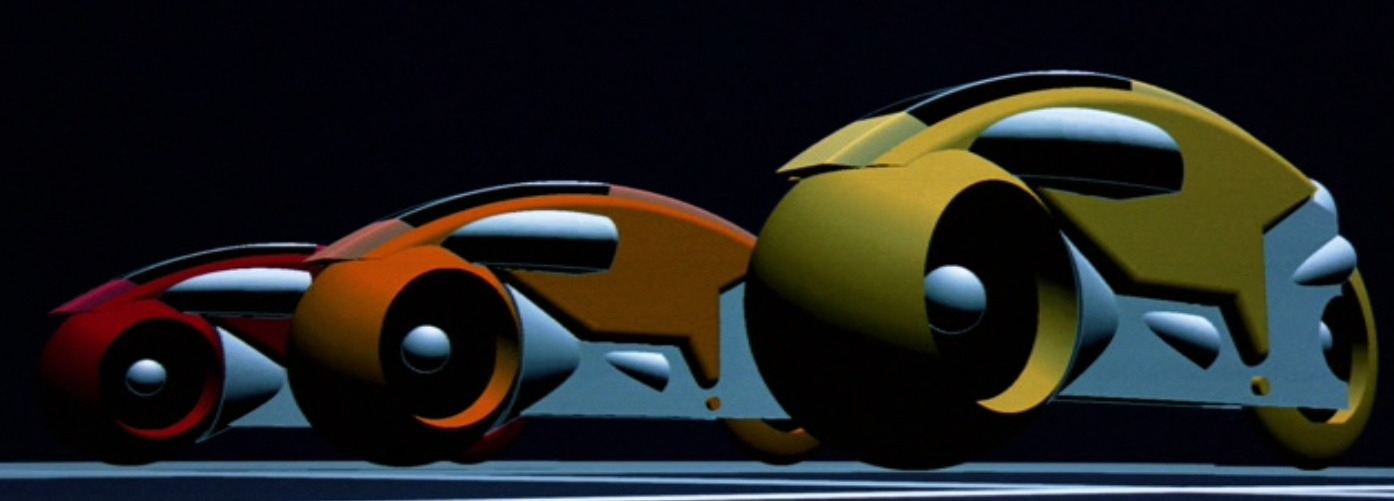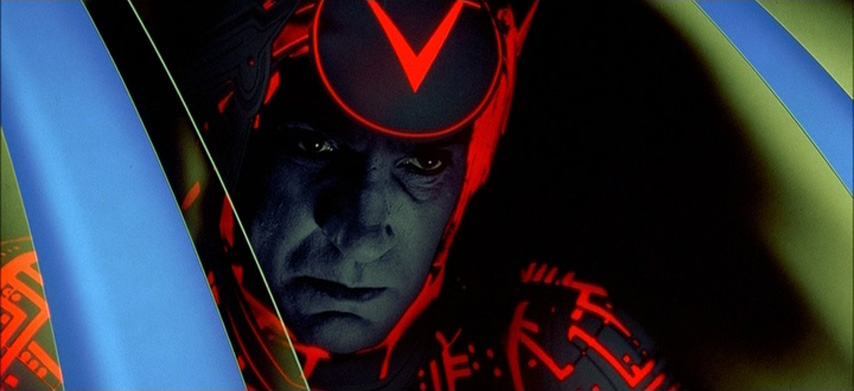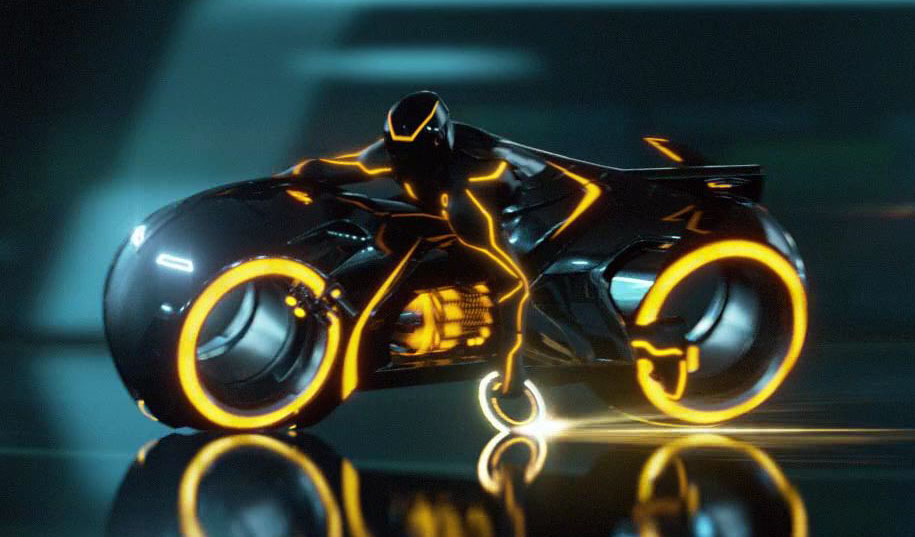Light Cycles might look extremely cool with their sharp turns and destructive digital walls, but they absolutely muck up the grid.
There are two things that will be forever associated with Disney’s Tron. One of the best Daft Punk cameos/soundtracks, and of course, Light Cycles. It just makes sense that Daft Punk would be Daft Punking in Tron. But what about Light Cycles? Where do they come from? Why do they even exist in a computer world in the first place? The answer, like so many things, begins with Jeff Bridges. I mean. Kevin Flynn, and a little game that you might once have had on your phone, Snake.

Tron’s Light Cycle – Does This Look Like A Game To You? Well It Is
Light Cycles began eponymously enough as a video game developed for ENCOM by the one and only Kevin Flynn. His best-selling video games included Spave Paranoids, atrix Blaster, BVic Squad, and Light Cycles. In the original video game, players would take control of the eponymous motorcycles, racing along a grid leaving behind a solid light Jetwall.
This was one of the many games that Flynn developed and which ENCOM Senior Executive Ed Dillinger stole credit for. Although it was only through the help of Dillinger’s Master Control Program and the brutally ruthless Sark, that Dillinger managed to accomplish this feat.

Unbeknownst to any of the human programmers, Sark and the MCP were using the Game Grid as a sort ofpunitive gladiatorial arena to take control of the inhabitants of the computer system. Under the MCP’s iron rule, renegade programs could be forced into combat, playing games like Cesta and Light Cycles until they were derezzed.
Or re-educated.
Light Cycle – Design And Capabilities (Generation 1)

There have been many varieties of Light Cycles throughout the years. But it all starts with the original. Designed by Kevin Flynn, the first-generation Light Cycle served as a high speed personal transport for programs on the game grid. A Light Cycle was generated by a special program rod which served as the source of and controls for the vehicle.
Within the game grid, each cycle created a digital barrier known as a Jetwall. This was a solid wall of opaque light that trailed behind the rider. And it could be deadly to any program intersecting it – riders who were forced to crash into a Jetwall were often (though not always) derezzed. Outside of the game grid the light cycles could move with Jetwall disengaged.
Future Generations

Of course that was just the 1st generation Light Cycle. After Flynn built the Tron system, the programs within it developed more upgraded versions. The latest model, the 5th-generation Light Cycle was open topped, resembling a real world motorcycle more than any of its predecessors.

Powered by liquid energy, these Light Cycles deployed more advanced barriers, nown as Light Ribbons. A light ribbon was a near-impenetrable wall of light that would be toggled on or off at will by its riders. These were lower profile wals, meaning some vehicles could avoid them entirely. As if to showcase its more advanced nature, a later generation Light Cycle’s ribbon resembles flowing water.
Drive for the Users!
Don’t Miss:
Read more at this site
